In a groundbreaking fusion of technology and cultural preservation, researchers are now employing advanced 3D scanning techniques to create what they call "digital mummies" – permanent digital records of traditional ritual dance movements. This innovative approach aims to safeguard intangible cultural heritage with unprecedented precision, capturing the intricate gestures, postures, and fluid motions that have been passed down through generations.
The concept builds upon existing motion capture technologies used in film and gaming industries, but applies them to the urgent task of cultural conservation. As master dancers age and traditional practices face extinction, these digital archives serve as both documentation and potential teaching tools for future practitioners. The resulting movement libraries don't simply record dances as static sequences; they preserve the living essence of cultural expressions that have long defied conventional documentation methods.
Beyond Video: Capturing the Third Dimension
Traditional video recording, while valuable, has always presented limitations in preserving dance. Two-dimensional footage fails to capture the full spatial relationships and subtle weight shifts that define many ritual movements. The new 3D scanning systems overcome this by using arrays of high-resolution cameras combined with depth sensors to create volumetric models of dancers in motion.
During recording sessions, performers wear specially designed motion capture suits adorned with reflective markers. As they execute traditional sequences, the system tracks each marker's position in space, building a precise skeletal model of the movement. Advanced algorithms then translate this data into fluid animations that can be viewed from any angle – a crucial advantage when studying complex rotational movements or interactions between multiple dancers.
The Technical Challenges of Cultural Capture
Creating these digital movement libraries presents unique technical hurdles. Many ritual dances involve elaborate costumes that can interfere with marker tracking, requiring creative solutions like marker placement beneath loose garments or the use of computer vision techniques that don't require physical markers. Lighting conditions in traditional performance spaces often differ dramatically from studio environments, necessitating portable scanning rigs that can adapt to various cultural settings.
Perhaps most challenging is capturing the qualitative aspects of movement – the subtle differences between a novice's execution and a master's performance that often define authentic tradition. Researchers are developing pressure-sensitive floors and wearable biometric sensors to record these nuances, creating richer datasets that preserve not just the movements themselves, but the artistry behind them.
Ethical Considerations in Digital Preservation
As with any technological intervention in cultural practices, the digital mummy project raises important ethical questions. Some communities express concerns about sacred movements being removed from their ritual contexts or made accessible to uninitiated viewers. Project teams work closely with cultural custodians to establish protocols governing who can access certain movement libraries and under what circumstances.
In several cases, communities have requested multi-layered access systems where basic movement patterns might be available for general educational purposes, while more sacred or secret elements remain accessible only to properly initiated individuals. These digital restrictions mirror the physical world's traditional knowledge protection systems, adapting ancient protocols to modern technology.
Applications Beyond Preservation
While preservation remains the primary goal, these movement libraries are finding unexpected applications. Dance historians use them to analyze stylistic variations across regions and generations with unprecedented precision. Choreographers draw inspiration from the archives when creating contemporary works rooted in tradition. Medical researchers even study the biomechanics of traditional dances to understand their physical benefits.
Perhaps most promising is the technology's educational potential. In communities where traditional dance masters are few, the movement libraries serve as invaluable teaching aids. Interactive systems allow students to slow down complex sequences, view them from multiple angles, and even receive real-time feedback on their own movements compared to reference performances. This application has proven particularly valuable during periods when in-person instruction is impossible.
The Future of Movement Archaeology
As the technology matures, researchers envision expanding the project beyond dance to include other forms of movement-based cultural heritage – from martial arts to craft techniques. Some teams are experimenting with haptic feedback systems that would allow users to "feel" the proper execution of movements through wearable devices.
Long-term preservation presents another frontier. Unlike physical artifacts that might degrade over centuries, digital formats face obsolescence as technology evolves. Project archivists are developing migration strategies to ensure these movement libraries remain accessible to future generations, creating what may become the most durable form of cultural preservation yet devised.
The digital mummies project represents a remarkable convergence of cutting-edge technology and ancient traditions. By giving intangible cultural practices a tangible digital form, it offers hope for preserving aspects of human heritage that have long resisted conventional conservation methods. As the work continues, it may fundamentally change how we think about safeguarding living traditions in an increasingly digital world.

By /Jul 16, 2025

By /Jul 16, 2025

By /Jul 16, 2025
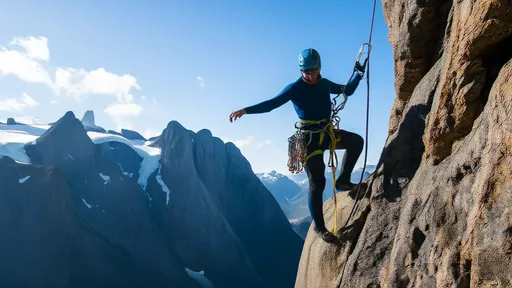
By /Jul 16, 2025

By /Jul 16, 2025
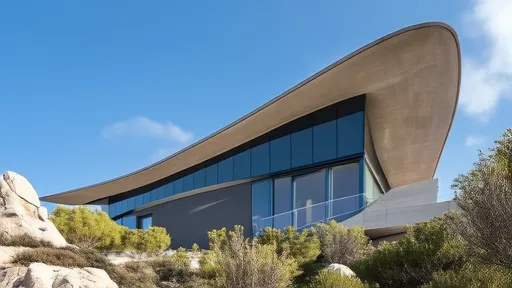
By /Jul 16, 2025

By /Jul 16, 2025

By /Jul 16, 2025
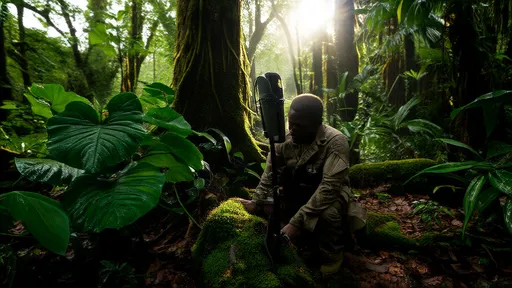
By /Jul 16, 2025

By /Jul 16, 2025
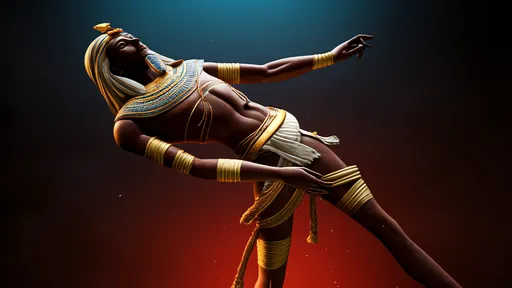
By /Jul 16, 2025
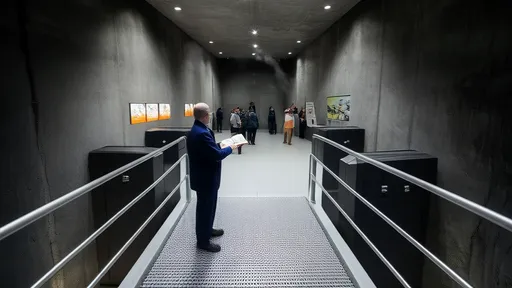
By /Jul 16, 2025
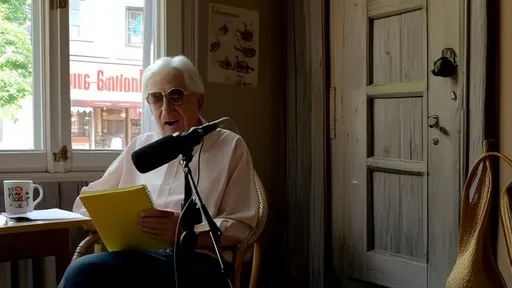
By /Jul 16, 2025

By /Jul 16, 2025

By /Jul 16, 2025

By /Jul 16, 2025
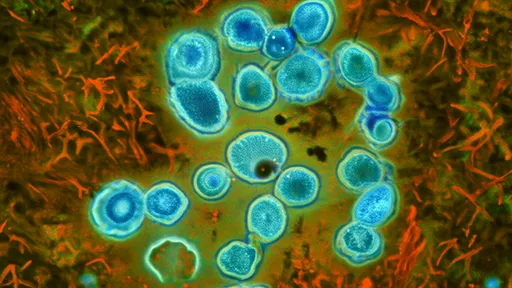
By /Jul 16, 2025

By /Jul 16, 2025